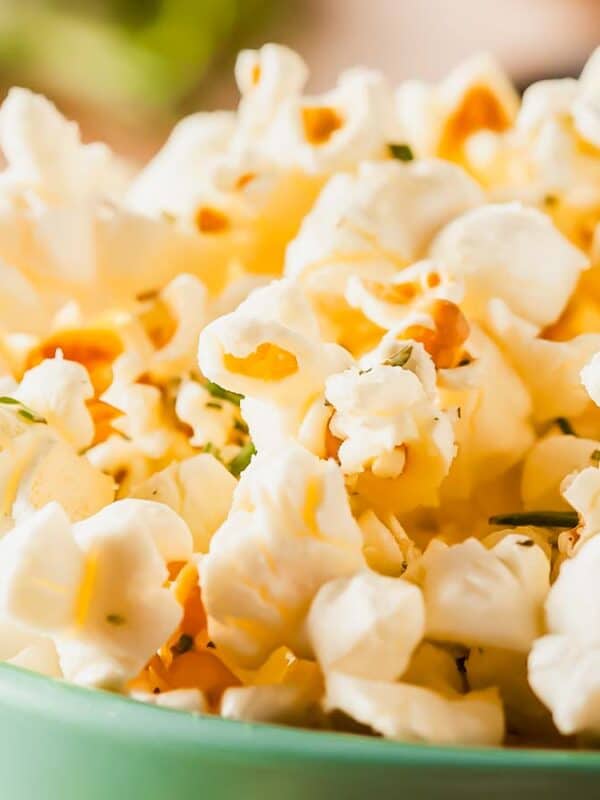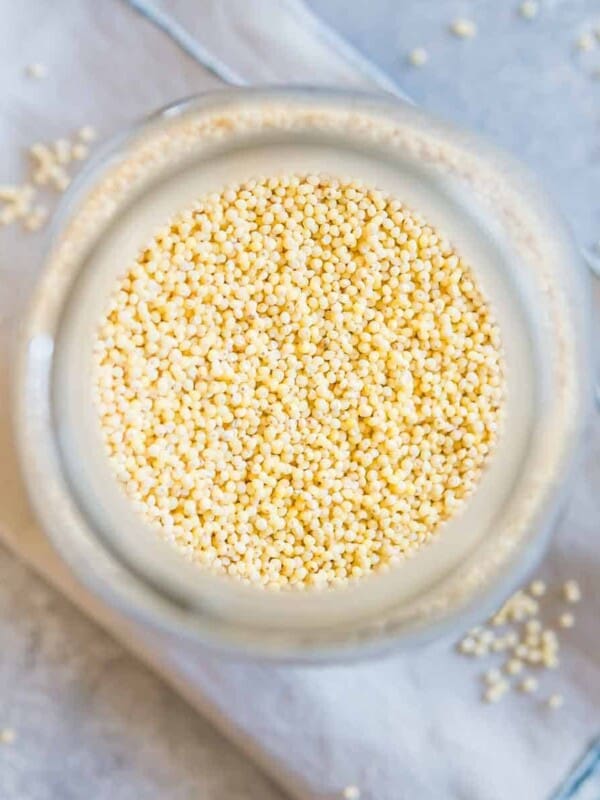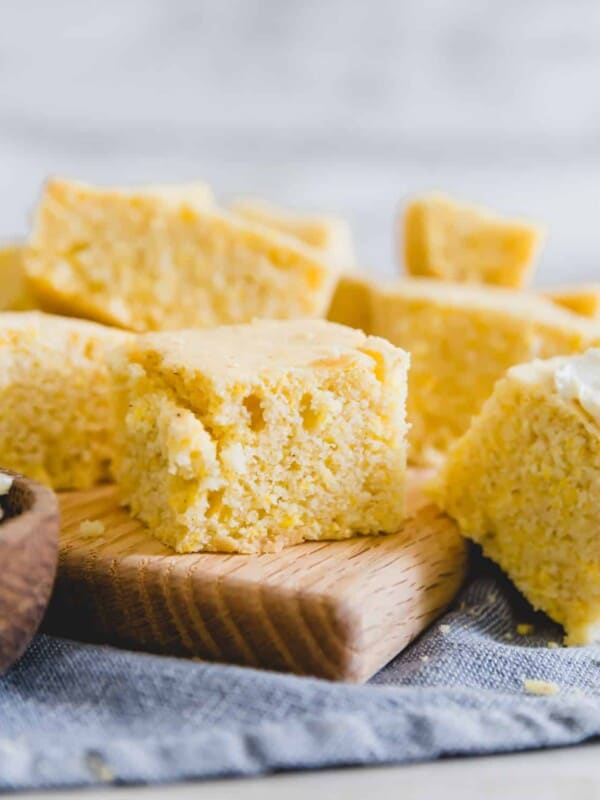With a growing awareness of the significance of maintaining a healthy diet, certain foods have gained prominence as nutritional powerhouses. Among these, wild salmon stands out as a true superfood, renowned for its abundance of essential nutrients and numerous health benefits. This article discusses the benefits of integrating this flavorful and nutritious fish into your regular diet.
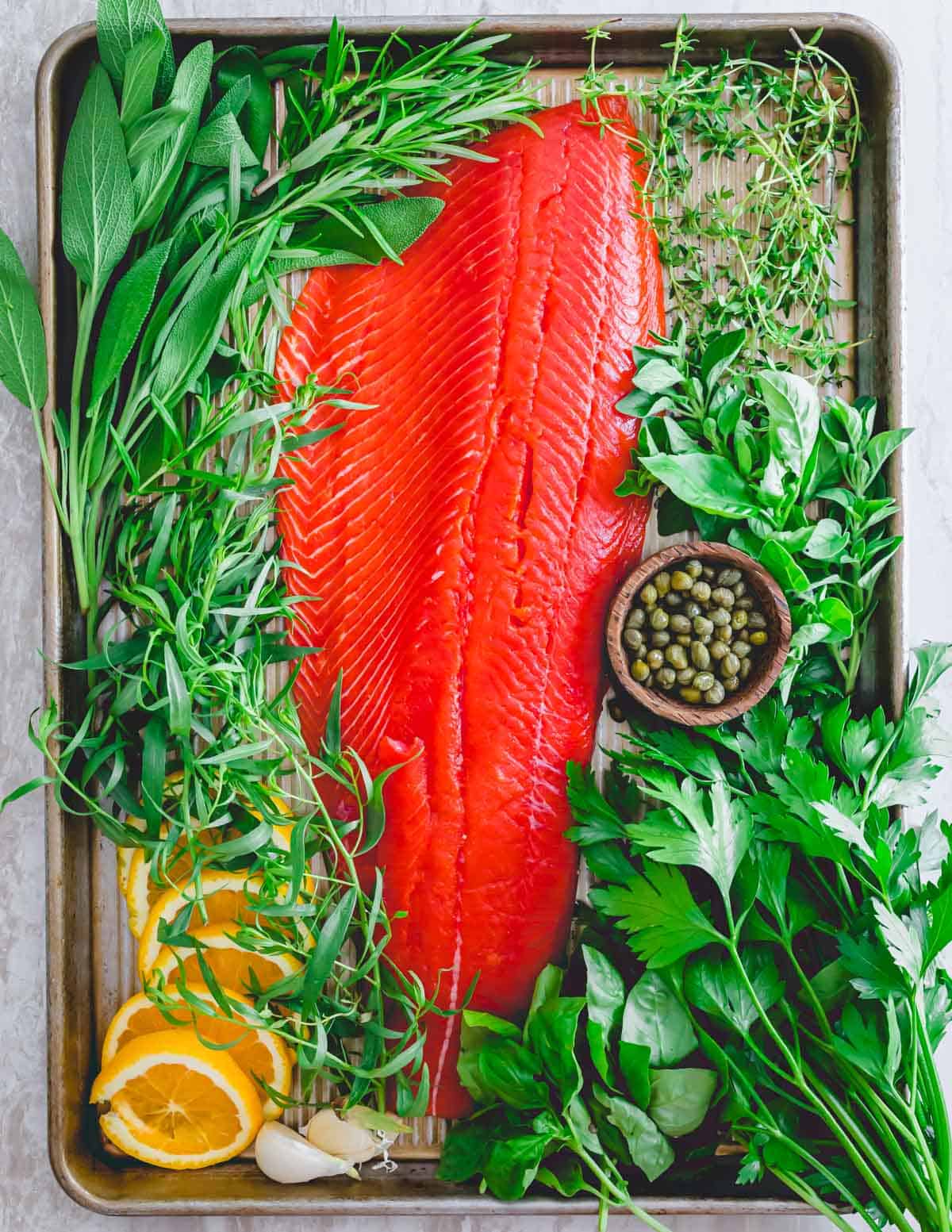
Understanding wild salmon
Wild-caught salmon, distinguished by its rich, flavorful taste and firm texture, is born and raised in rivers and oceans. These fish exhibit specific behavioral patterns, often involving migration for spawning purposes.
From the pristine waters of the Pacific Northwest to the icy rivers of Alaska, wild salmon thrive in diverse environments, adapting to various ecosystems and contributing to their overall biodiversity.
Types of wild salmon
Wild salmon encompasses various species, each with its distinct characteristics and habitats. Each type of wild salmon offers a unique taste profile making some species more appropriate for certain recipes or cooking techniques. Among the notable types are:
- Chinook, or king salmon — recognized for its large size and rich, buttery flavor thanks to its higher fat content. Chinook salmon swim the longest distances upstream to spawn, necessitating their higher fat content for the journey. They are often sourced from the Pacific Northwest and Alaska. King salmon is perfect for simple recipes like this pesto salmon where the fish is the main focus.
- Sockeye, or red salmon — renowned for its vibrant red flesh and robust taste, is typically harvested from the waters of the Pacific Ocean and the rivers of British Columbia. Sockeye is leaner than King salmon but still moist and flavorful. Its robust color is seen beautifully in this glazed salmon recipe.
- Coho, or silver salmon — celebrated for its milder flavor and tender texture, Coho is found in the rivers and streams of the Pacific Northwest and the Great Lakes region. The flesh of this species tends to be a bit drier than Sockeye salmon.
- Chum, or keta salmon — known for its pale flesh and delicate taste, Keta salmon is commonly caught in the North Pacific and Arctic Oceans.
- Pink, or humpback salmon — distinguishes itself with its light color and delicate flavor, frequently harvested in various regions of the northern Pacific Ocean, pinks are the laziest of all salmon species, often spawning at the mouths of rivers. They are the most abundant of all salmon and are almost exclusively used in canned salmon products for recipes like salmon salad or crispy salmon bites.
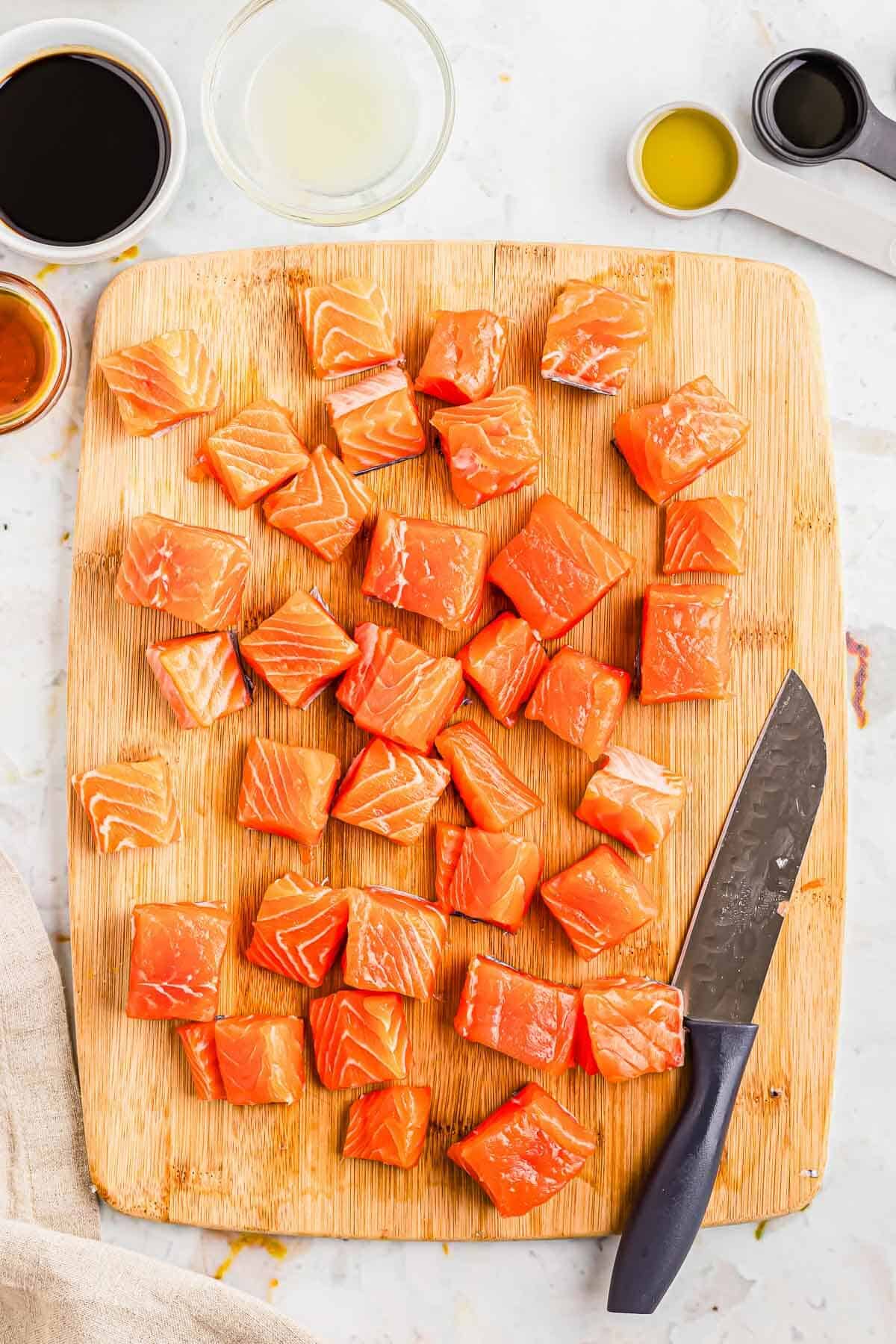
Nutritional benefits of wild salmon
Wild salmon is not just a delicious and versatile seafood but also a nutritional powerhouse with a wide array of health benefits. These benefits can be broken down into a subset of categories highlighting the remarkable qualities of this cold water fish.
Excellent source of omega-3 fatty acids
Known for its abundance of omega-3 fatty acids — conservative estimates show as much as six times more than eggs — salmon contributes to heart health by reducing inflammation and enhancing brain function. Introducing salmon as a regular protein in your diet may decrease the likelihood of heart disease, foster sound brain development and potentially alleviate symptoms of depression.
“As an Alaskan, I only eat wild-caught salmon, preferably wild-caught salmon that I have reeled in, and it just tastes so much better than farmed salmon. Our favorite variety of salmon is Sockeye. We like to make smoked salmon for snacks, grill fresh salmon, make fish and chips and so much more. We even cook all the offcuts down and make dog food and chicken food with it too.”
— Laura Sampson, Little House Big Alaska
Abundant in essential vitamins and minerals
Rich in essential nutrients, salmon provides a diverse array of vitamins and minerals crucial for overall health. It serves as an excellent source of vitamin D, promoting strong bones, bolstering immune function and aiding in calcium absorption.
Furthermore, salmon is packed with B vitamins, notably B12, supporting nerve function and the production of red blood cells. Additionally, this nutrient-dense fish contains vital minerals like selenium, potassium, and zinc, which play pivotal roles in various bodily functions.
Heart health and cardiovascular benefits
Salmon contributes significantly to cardiovascular health due to its abundance of omega-3s. These essential acids aid in lowering blood pressure, reducing triglyceride levels, lowering LDL cholesterol and increasing HDL cholesterol. By incorporating salmon into your diet regularly, you can decrease the likelihood of heart attacks, strokes and other cardiovascular diseases by fostering healthy blood circulation.
Brain health and cognitive function
Omega-3 fatty acids play a vital role in brain health and cognitive function. Notably, DHA serves as a foundational element of brain cells, critical for optimal brain development and performance. Incorporating salmon into your diet regularly has been linked to better memory, improved cognitive abilities and a decreased risk of neurodegenerative disorders, such as Alzheimer’s and dementia.
Anti-inflammatory properties
Salmon boasts powerful anti-inflammatory properties thanks to its omega-3 fatty acid profile. While inflammation is a natural bodily response, persistent inflammation can contribute to conditions such as arthritis, heart disease and certain cancers. You can help diminish chronic inflammation by enjoying this delicious wild fish, thereby reducing the risk of these ailments and fostering general health.
Rich in high-quality protein
Renowned for its high-quality protein content, salmon offers all the essential amino acids vital for preserving and restoring body tissues. Protein plays a critical role in fostering muscle development, facilitating cell regeneration and bolstering immune function. Including salmon in your diet with easy recipes like air fryer salmon bites can help bolster muscle growth, expedite post-exercise recovery and fortify the immune system.
“The secret gem of wild salmon lies in an often overlooked part — the collars. These throw-away portions are a hidden treasure, but unless you have a connection with someone fishing wild-caught salmon, you might miss out. Grilled or baked, salmon collars are rich and succulent, proving that sometimes, the most delicious surprises come from the parts others discard.”
— Jessica Haggard, Primal Edge Health
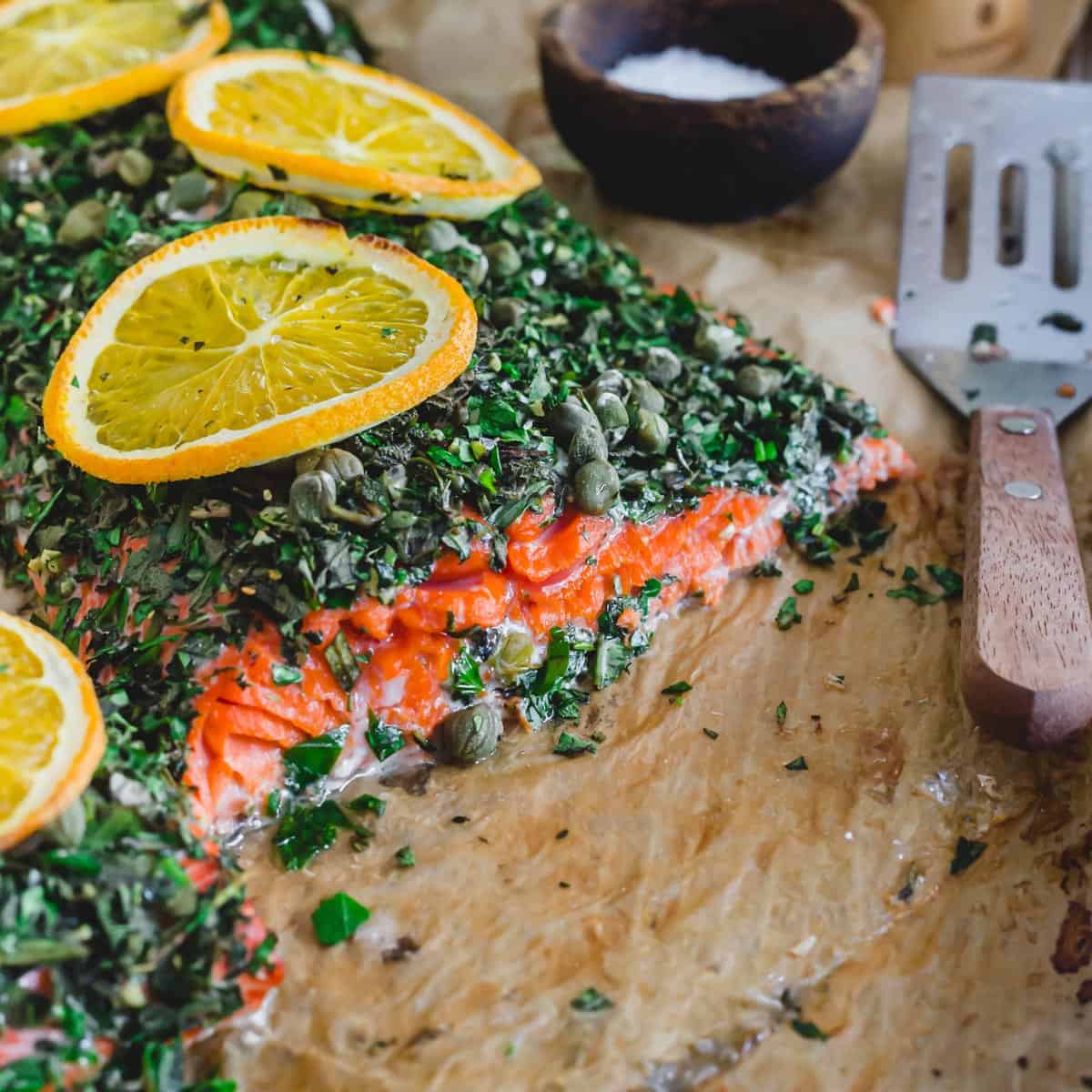
Farmed vs. wild-caught salmon
The difference between wild and farmed salmon goes further beyond just where they come from. Wild salmon, nurtured in natural environments such as rivers and oceans, develop robust flavors and textures due to their diverse diets and active lifestyles.
Read about my trip to Cordova, Alaska with Copper River Salmon where we learned about wild salmon vs. farmed salmon.
In contrast, farmed salmon, raised in controlled aquatic environments, often exhibit milder flavors and softer, fattier textures influenced by their feed and restricted movement. Studies have shown that farmed salmon contains lower levels of omega-3 fatty acids compared to wild-caught salmon illustrating the correlation between the diet, lifestyle and nutritional impact.
Additionally, concerns regarding contaminants and additives are more prevalent in farmed salmon. This stems from their confined conditions and potential exposure to pollutants, antibiotics and pesticides used in aquaculture.
Wrapping it up
Wild salmon’s status as a nutritional superfood is reinforced by its rich reserves of omega-3 fatty acids. By incorporating wild salmon into your diet, you will not only enjoy its robust and flavorful taste but also cultivate a healthier lifestyle grounded in the wealth of benefits it provides.
This article originally appeared on Food Drink Life.
Gina Matsoukas is an AP syndicated writer. She is the founder, photographer and recipe developer of Running to the Kitchen — a food website focused on providing healthy, wholesome recipes using fresh and seasonal ingredients. Her work has been featured in numerous media outlets both digital and print, including MSN, Huffington post, Buzzfeed, Women’s Health and Food Network.

